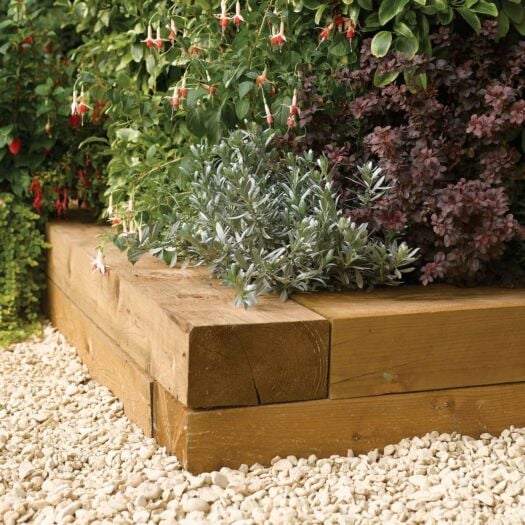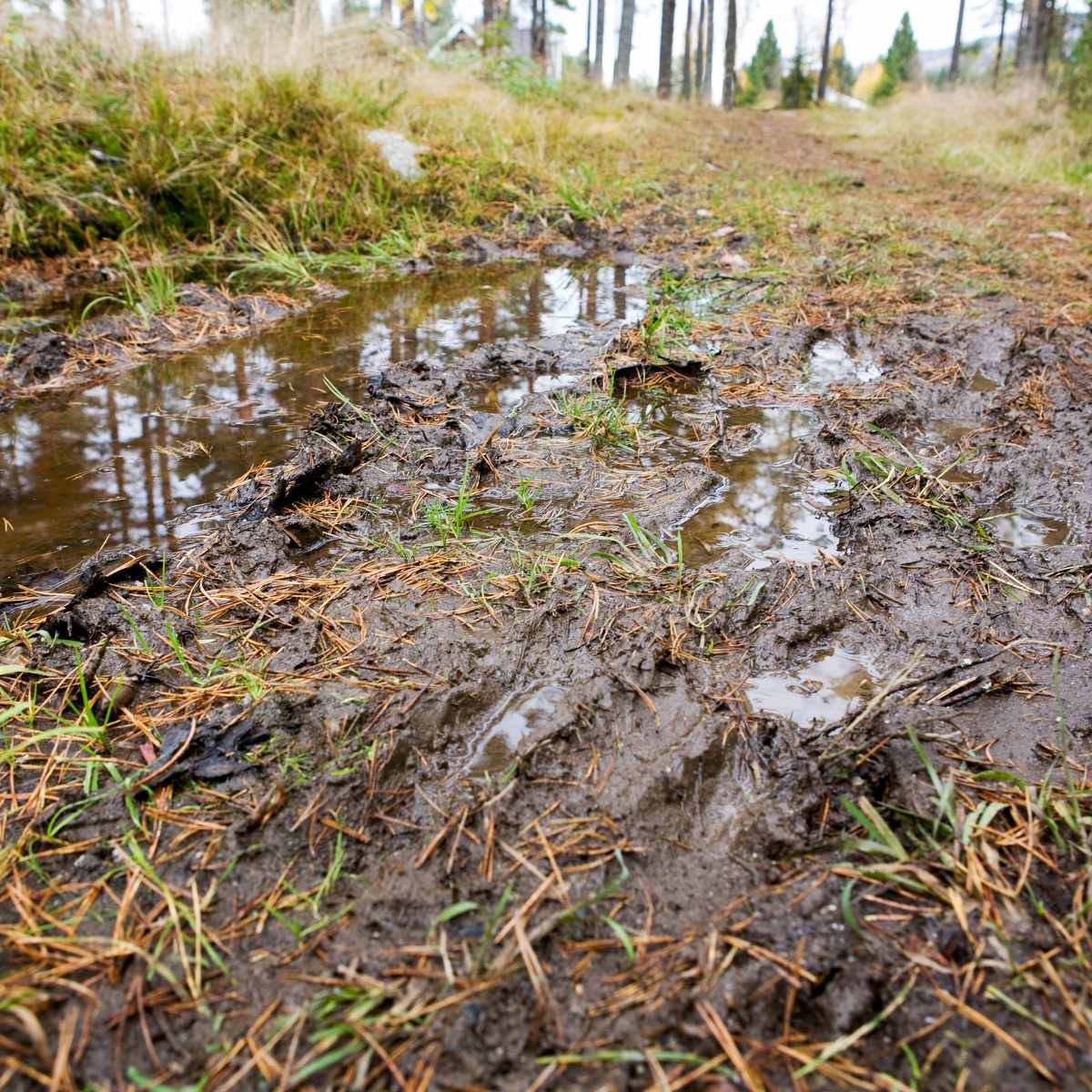
In spite of ever-high hopes that each year will get better than the last, in the United Kingdom, with autumn inevitably comes rain. Unfortunately, this abundance of rain can cause trouble in terms of waterlogged soil. This guide should help advise you on how to cope with the problem and ways you can get around it.
Waterlogged soil can be a challenging problem for gardeners and homeowners alike. When the soil becomes saturated with water, it can lead to a host of issues, such as poor plant growth, root rot, and even structural damage to buildings. However, with the right knowledge and techniques, it is possible to effectively deal with waterlogged soil and restore the health of your garden or landscape. In this article, we will explore various methods and strategies to help you overcome the challenges of waterlogged soil.
Understanding Waterlogged Soil
Waterlogged soil occurs when water accumulates and fails to drain adequately. This can happen due to heavy rainfall, poor soil drainage, compacted soil, or even high groundwater levels. When soil is saturated for prolonged periods, it becomes depleted of oxygen, leading to anaerobic conditions. Anaerobic soil conditions can have detrimental effects on plant roots, inhibiting their ability to absorb nutrients and water. It also encourages the growth of harmful bacteria and fungi that cause root diseases.
-
Assess the Soil Drainage
The first step in dealing with waterlogged soil is to assess the drainage capacity of your soil. Dig a small hole in the affected area and fill it with water. Observe how quickly the water drains. If it takes more than a few hours for the water to dissipate, your soil likely has poor drainage. In such cases, it's crucial to take action to improve the situation.
-
Implement Proper Watering Practices
Proper watering practices can help prevent waterlogging in the first place. Avoid overwatering your plants, as this can contribute to saturated soil conditions. Instead, water deeply but less frequently, allowing the soil to dry out between watering sessions. Additionally, consider incorporating organic matter, such as compost, into the soil to improve its water-holding capacity. Read our article '10 Tips for Creating a Compost Heap' for handy tips on how to create your own compost.
-
Improve Soil Structure
To enhance the drainage capabilities of your soil, it's essential to improve its structure. Compacted soil prevents water from percolating downward, leading to waterlogging. Aerate the soil by using a garden fork or a mechanical aerator to create channels that allow water to penetrate deeper. Adding organic matter like compost, leaf mulch, or peat moss can also help loosen the soil and promote better drainage.
-
Install Drainage Systems
Installing drainage systems can be an effective solution for severe cases of waterlogged soil. French drains, for example, are trenches filled with gravel or small stones that redirect excess water away from problem areas. You can also consider installing subsurface drainage pipes to carry away excess water to a suitable outlet, such as a storm drain or a dry well. Consult a professional if you are unsure about the appropriate drainage system for your specific situation.
-
Raised Beds and Mounds
If you're dealing with consistently waterlogged soil, creating raised beds or mounds can be a practical solution. Raised beds elevate the planting area, providing better drainage and aeration. Fill the raised beds with well-draining soil or a mixture of compost, sand, and loam. Similarly, mounding involves creating raised areas of soil where plants are placed. Both methods can improve drainage and prevent waterlogging.
-
Select Suitable Plants
Choosing plants that tolerate or thrive in waterlogged conditions is a smart approach to dealing with the problem. Consider plants that are naturally adapted to wetter environments, such as bog plants, water-loving perennials, and native wetland species. These plants have evolved to withstand waterlogged conditions and can help mitigate the impact of excess moisture on the soil. Here's a selection of suitable plants that are known to tolerate or even prefer wetter environments:
|
 |
These are just a few examples of plants that are well-suited to waterlogged soil in the UK. When choosing plants, it's always a good idea to consider the specific conditions of your garden, including light availability and soil pH, to ensure the best chances of success.
-
Implement Terracing or Grading
Terracing or grading the land can be effective in redirecting water flow and preventing soil saturation. By creating sloping levels or terraces, you can promote natural water runoff, preventing it from accumulating and causing waterlogging in specific areas. This method is especially useful for gardens or landscapes on slopes or hilly terrain. Consult a professional landscaper or engineer to ensure the proper design and implementation of terracing or grading techniques for your specific landscape.
-
Mulching
Mulching is a simple yet effective technique to prevent waterlogging in the soil. Apply a layer of organic mulch, such as wood chips, straw, or shredded leaves, around your plants. Mulch acts as a protective barrier, reducing water evaporation and preventing excessive moisture accumulation. It also helps regulate soil temperature and suppresses weed growth, further improving the overall health of the soil.
-
Implement a Rain Garden
Rain gardens are designed to capture and manage excess rainwater, preventing waterlogging in surrounding areas. They are shallow depressions filled with a mix of well-draining soil and native plants that can tolerate both wet and dry conditions. Rain gardens serve as natural filtration systems, allowing water to percolate into the ground slowly. They are an eco-friendly and aesthetically pleasing solution to address waterlogging issues.
-
Regular Maintenance
Once you have implemented strategies to deal with waterlogged soil, it's essential to maintain regular care and monitoring. Regularly inspect the drainage systems, ensuring they are free from blockages. Remove any debris, fallen leaves, or weeds that may hinder proper water flow. Adjust your watering practices according to weather conditions and the specific needs of your plants. By staying proactive and attentive, you can prevent waterlogging issues from recurring.
Conclusion
Waterlogged soil can pose significant challenges for gardeners and homeowners, but with the right techniques, it is possible to address and overcome this problem. Assessing the soil drainage, implementing proper watering practices, improving soil structure, and installing drainage systems are crucial steps to mitigate waterlogging. Raised beds, suitable plant selection, terracing, and mulching also play vital roles in preventing soil saturation. Additionally, rain gardens and regular maintenance contribute to long-term solutions. By understanding the causes of waterlogged soil and employing appropriate strategies, you can create a healthier and thriving garden or landscape. Remember, if the problem persists or seems unmanageable, seek professional assistance to ensure the best outcomes for your specific situation.
Do you have any advice on how to prevent and deal with waterlogged soils? Let us know!
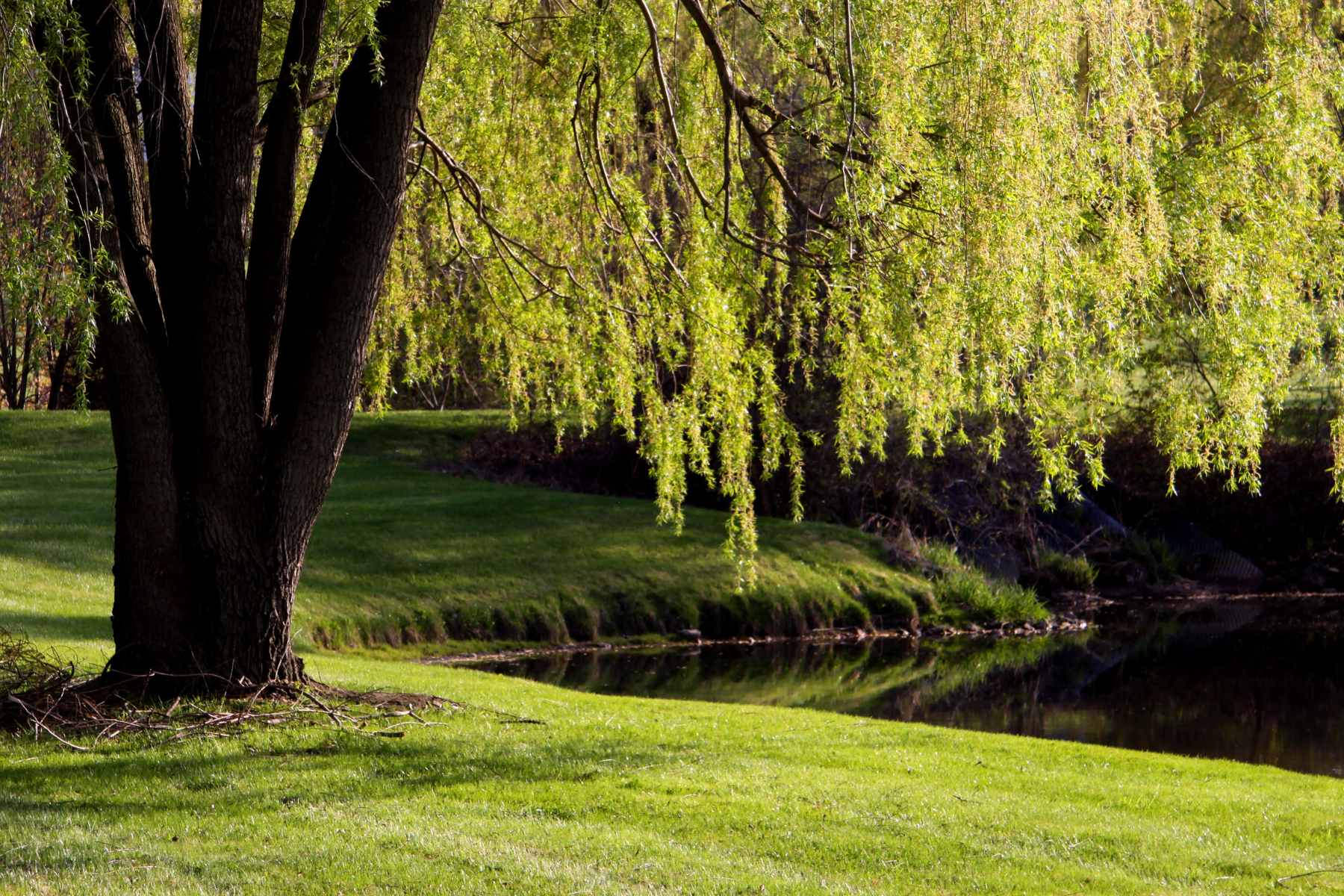

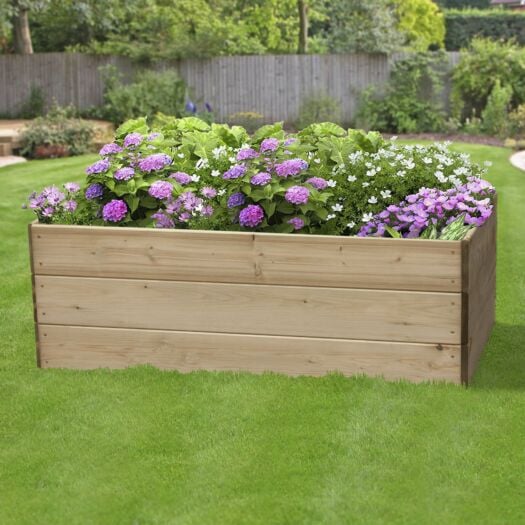 Greena Raised Bed
Greena Raised Bed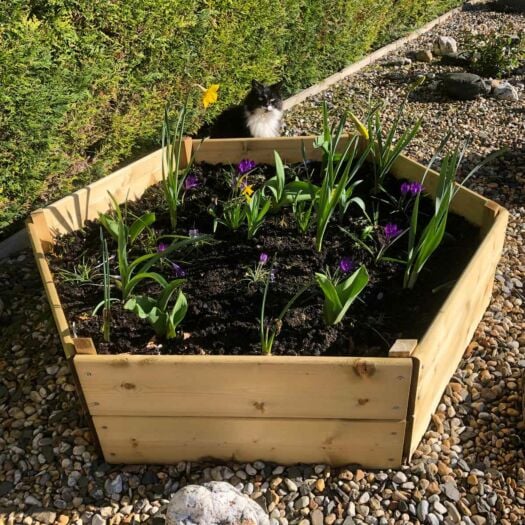
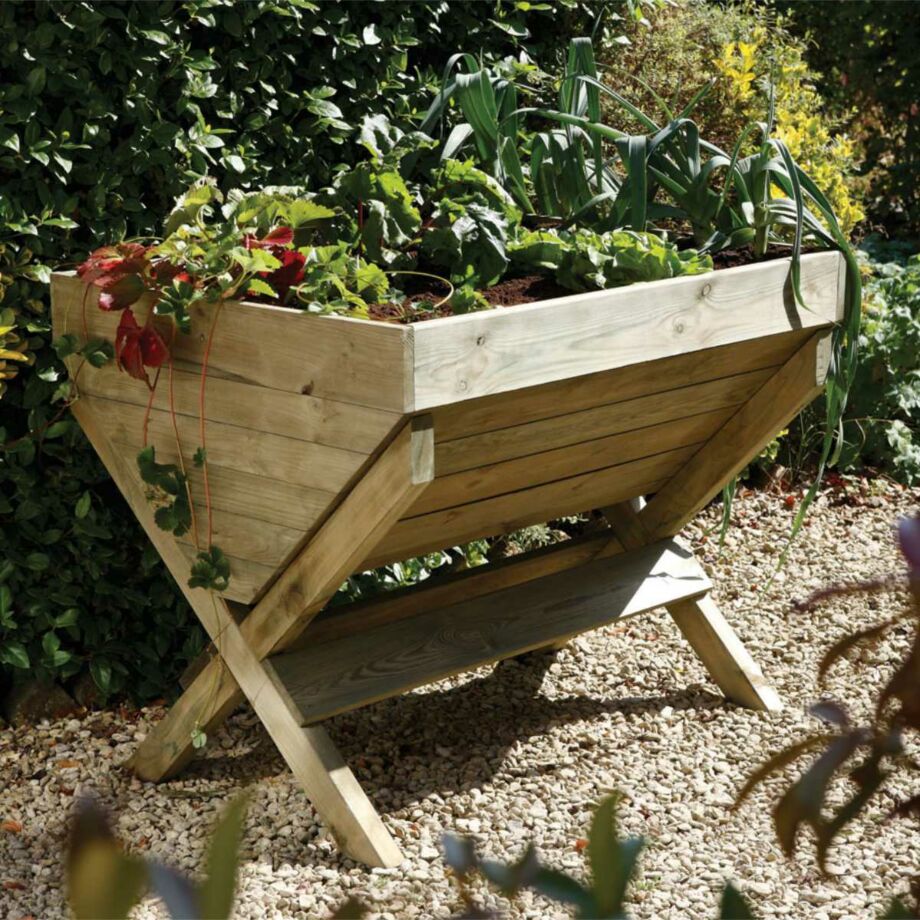 Forest Kitchen Garden Trough
Forest Kitchen Garden Trough